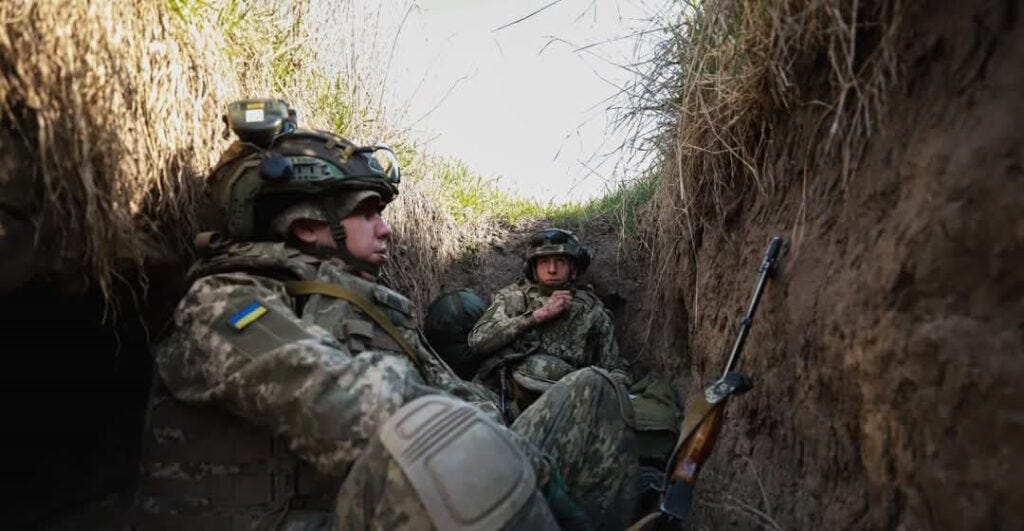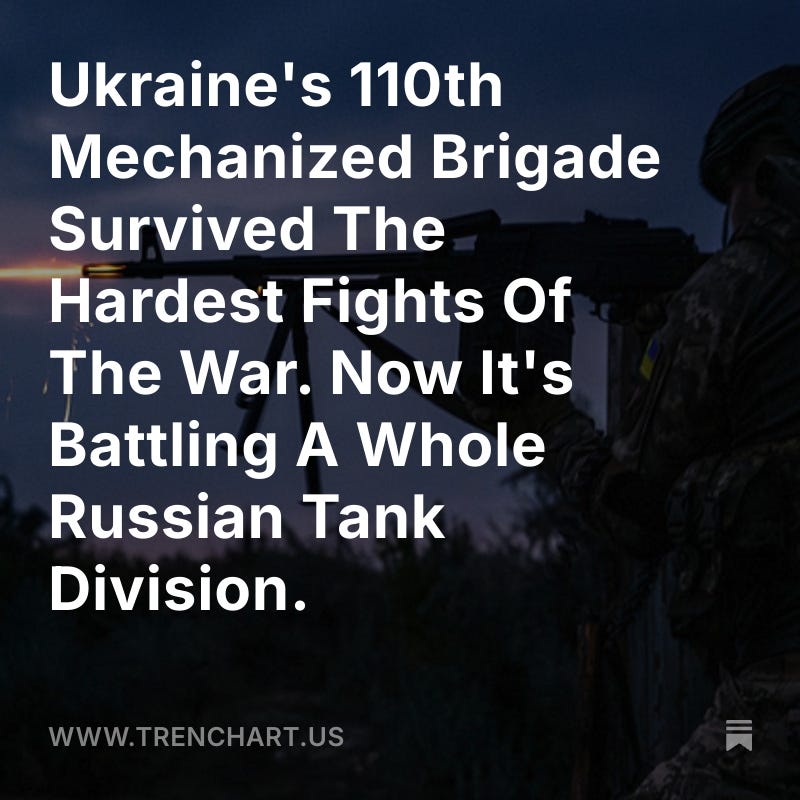Russia's Biggest Tank Division Is Heading Straight For Zaporizhzhia
Unnoticed by the wider world, the Russian army is steadily marching west through south Donetsk
All eyes are on the battles raging around the fortress city of Pokrovsk in eastern Ukraine’s Donetsk Oblast. But on a less populated sector of the front line just a few miles south of Pokrovsk, the Russians are steadily advancing.
If the Ukrainians can’t halt the advance, the city of Zaporizhzhia and its 700,000 inhabitants could eventually come under siege.
Pokrovsk and Kostiantynivka, 45 km to the east, are the twin locuses of the fighting as Russia’s wider war on Ukraine grinds through its 43rd month. Capturing one or both cities would give the Russians a clear shot at the main urban conglomeration in western Donetsk: the twin cities of Kramatorsk and Sloviansk.
Both the Ukrainian and Russian command understand the importance of Pokrovsk and Kostiantynivka to their respective strategies.
“This year, both cities managed to attract and concentrate significant Russian forces,” French analyst Clément Molin commented.
But the gathering Russians “provoked a major reaction from the Ukrainian command, which redeployed its offensive forces from Kursk and several brigades from other fronts,” Molin explained.
The concentration of troops from both sides around Pokrovsk and Kostiantynivka has left the line of contact in southern Donetsk comparatively thinly manned.
But here, as elsewhere along the 1,100-km front line, the Russians have a manpower advantage. And a major tank advantage, too—although the tanks haven’t yet played a major role in the fighting.
With more troops and equipment, the Russians have been able to slowly but steadily push back the Ukrainians along the 75-km stretch of the front between Pokrovsk and the similarly named Pokrovske.
And the Russians’ advance may accelerate as they shift a key unit: the elite 90th Tank Division with its hundreds of T-90M tanks.
Since capturing the town of Kurakhove in January, the Russians have marched 75 km west in south Donetsk—and are now just 15 kilometers from one of the main natural defenses in the area—the Vovcha River—and just 35 km from Pokrovske.
“The situation in the area is not catastrophic because no big city is threatened,” Molin noted.
After all, “there is no city at all” in the area—just forests and fields and small villages. Most of what the Russians have captured in south Donetsk this year is countryside.
But greater risk looms for the Ukrainians. The Russians “are slowly taking the highly fortified southern front,” Molin warned. Anticipating further Russian advances, Ukraine has begun digging major earthworks west of Pokrovske.



